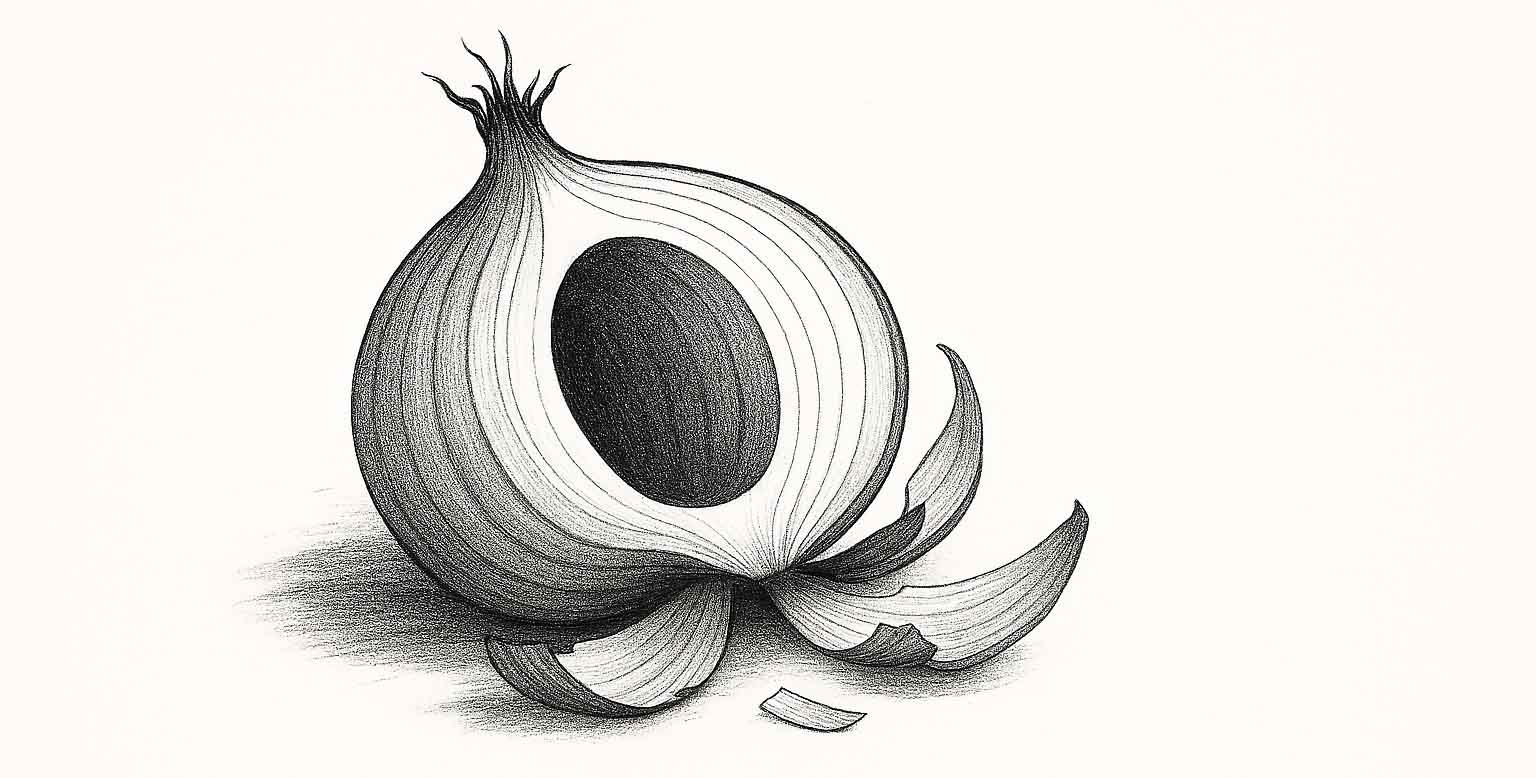
Negation
Many beginners struggle to know the Self directly. Since the mind is always outward-bound, most people mistakenly identify themselves with their body, thoughts, emotions, or roles in life.
However, these are constantly changing and perishable—and hence, not truly real.
So, when we ask “Who am I?” and begin to negate what is changing, we start moving closer to what is unchanging and eternal.
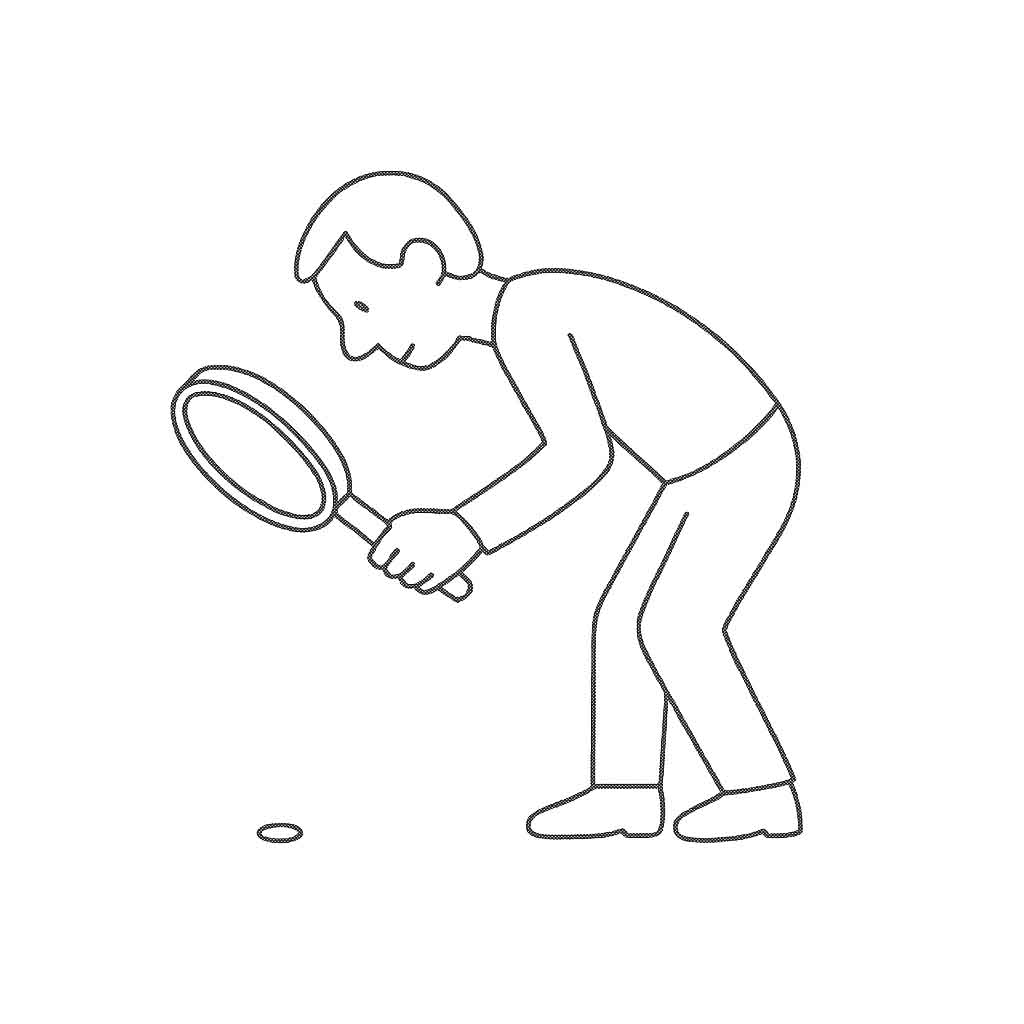
Negation is one of the most profound tools in the path of Self-enquiry.
The process of negating what we are not is a method used to discover what we truly are.
Negation gives a clear and practical start because:
It removes false identities.
It does not require belief—only sincere observation.
It gradually leads to direct experience.
In this process, rather than trying to imagine or visualize the Self, the seeker is gently guided to drop what the Self is not.

The principle is straightforward:
What you are aware of, you cannot be.
You are aware of your car—so, you are not your car.
You are aware of your body—so, you are not your body.
You are aware of your thoughts and breath—so, you are not them either.
So, begin with what is clearly known to you: the body, the thoughts, the breath.
Recognize them one by one, and gently say: “This is not me.”
This approach makes Self-enquiry less abstract and more accessible, especially for those new to the inner journey.

When everything that is not the Self is negated, what remains is Pure Awareness—your unchanging, ever-present Being.
This cannot be grasped by the mind, yet it is always present.
It is what shines forth when all effort and identification come to rest.
This method is not just philosophical—it is experiential. It helps a sincere seeker detach from false identifications and move closer to the unchanging Truth within.
When the seeker Sivaprakasam Pillai asked Sri Ramana Maharshi the question, “Who am I?”, the answer did not come in the form of a direct definition of the Self. Instead, Maharshi responded by negating what the ‘I’ is not.
This exchange is recorded as the very first question and answer in the booklet Who am I?
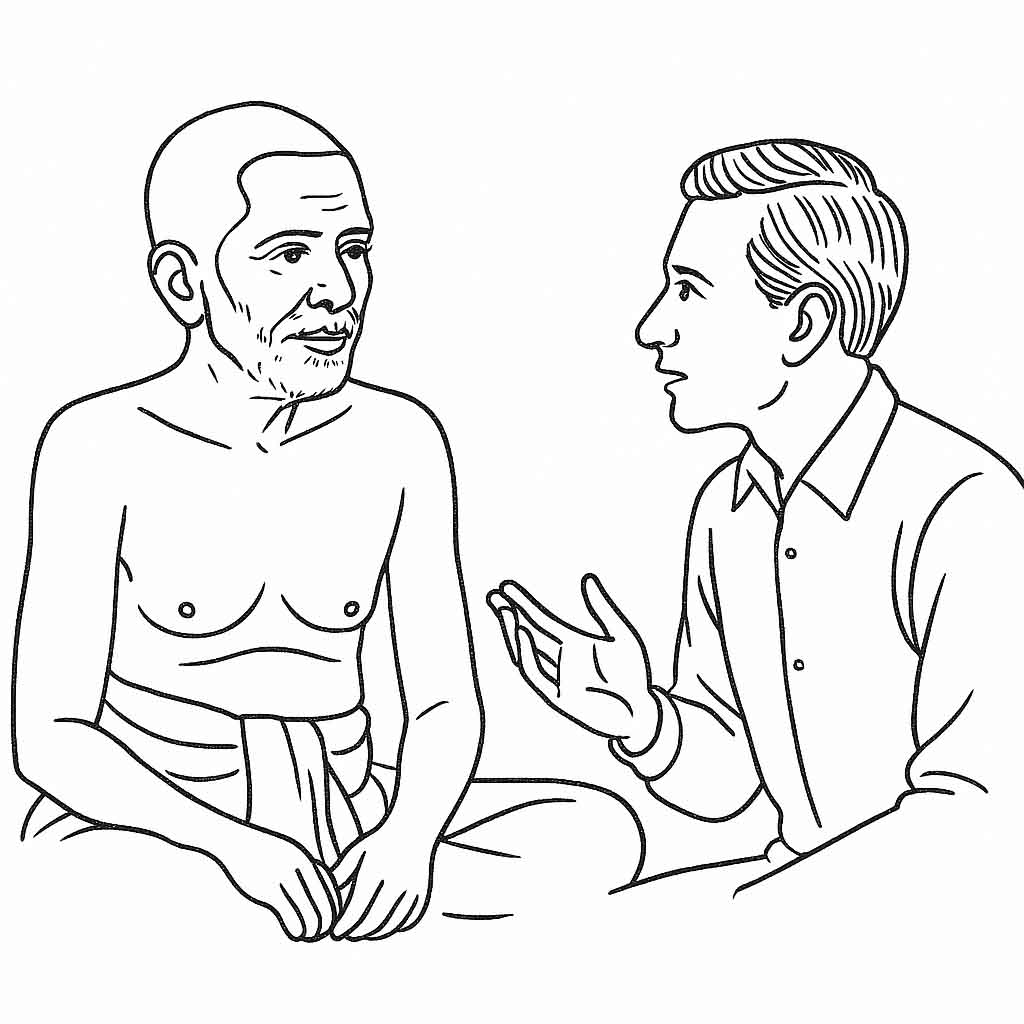
Maharshi said:
I am not the body.
I am not the sense organs.
I am not the organs of action.
I am not the pranas (vital energies).
I am not the mind.
I am not even the nescience (ignorance) in deep sleep.
Then he said: What remains after all these are negated—that Awareness alone is the Self.
This process is known as neti-neti, which means “not this, not this” or “neither this, nor that.”

This ancient Vedic method of negation, found in the Upanishads, remains a guiding light for seekers of Truth.
In the Brihadaranyaka Upanishad (2.3.6), Sage Yajnavalkya declares:
“Now, therefore, the description of Brahman: ‘Neti, neti’ (not this, not this). For there is no other and more appropriate description than this ‘Not this’.”
This teaching points the seeker to the Self by eliminating all that the Self is not. The Upanishads do not define the Self as an object. Instead, they guide the seeker by showing what must be let go.
According to legend, Sri Adi Shankaracharya, revered as the foremost Indian philosopher who consolidated the doctrine of Advaita Vedanta, composed the Daśaślokī (“Ten Verses”) spontaneously when his Guru, Govindapada, asked him, “Who are you?”
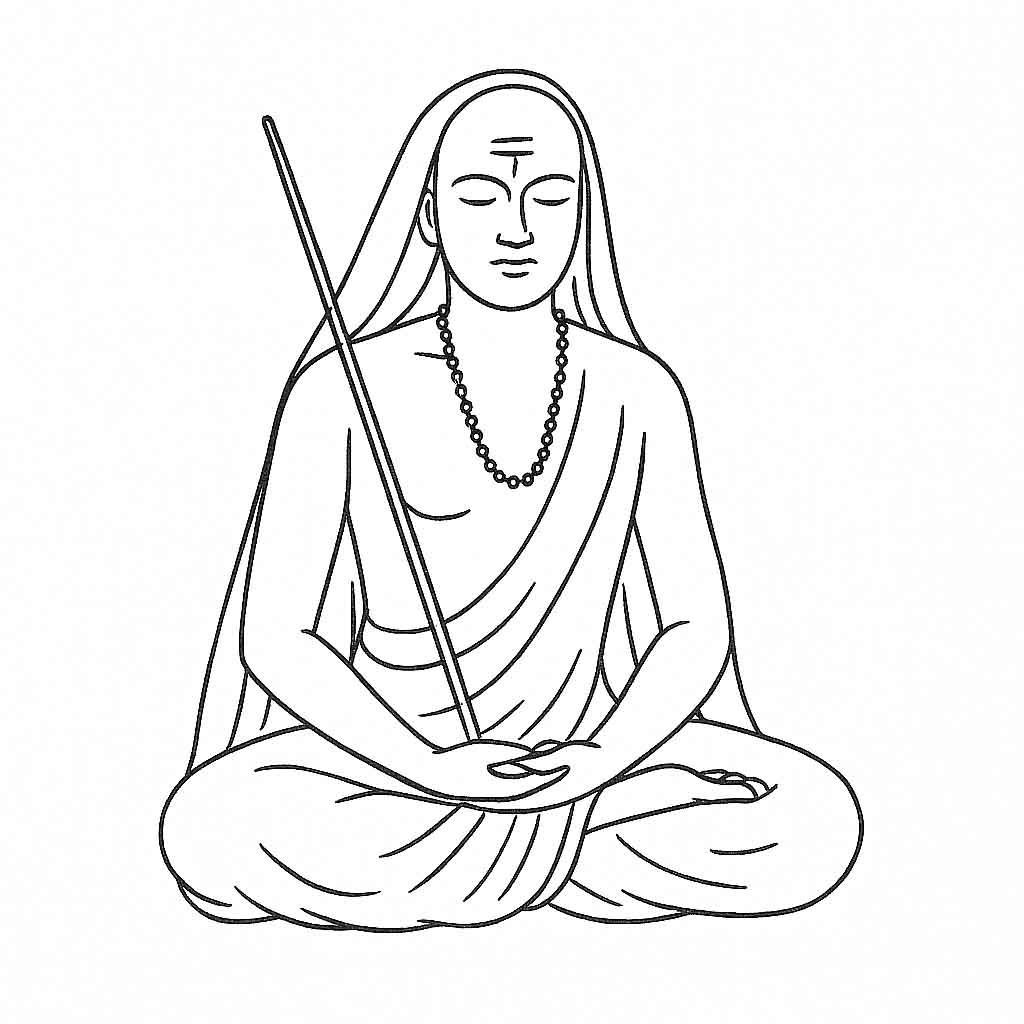
Instead of giving a straightforward answer, Shankara composed these verses, which reflect the wisdom of neti-neti—“not this, not this”—and ultimately reveal the nature of the Self.
It is also said that Sri Shankara chanted the same hymn in response to his disciples’ final request to explain the essence of the teachings of Vedanta.
In Vivekachudamani (Verse 210), Shankaracharya writes:
“When all the five sheaths have been eliminated by reasoning based on Shruti passages, what remains as the culminating point of the process is the Witness—the Knowledge Absolute, the Ātman.”
Therefore, Negation (neti-neti) is a sacred clearing. Just as the sky reveals itself when the clouds move away, the Self shines forth when all false identifications are dropped.
To walk the path of Atma Vichara is to keep asking: “Am I this?” And gently let go of all that arises.
What remains is not a thing. It is You – the formless, ever-present Awareness.

While negation is an essential aid, Sri Ramana Maharshi repeatedly emphasized that it is not the direct path of Self-enquiry.
In Ulladu Narpadu (Verse 29), Maharshi says:
“Investigating by an inward sinking mind where one rises as ‘I’ alone is the path of jñāna, whereas thinking ‘I am not this, I am that’ is an aid but not vichāra.”
And in Verse 32, he adds:
“When the Vedas proclaim ‘That is you’, instead of knowing and being oneself by investigating ‘What am I?’, thinking ‘I am that, not this’ is due to lack of strength.”
These verses gently caution us not to stop with intellectual or verbal negation.
Even the thought “I am not this” still belongs to the mind. True vichāra is not merely repeating phrases, but allowing the mind to dive inward and dissolve into its source—the pure ‘I’ that is ever present.
Even the Ashtavakra Gita, a profound dialogue between the sage Ashtavakra and King Janaka on the nature of the Self, points directly to Truth—beyond body and mind—in the clearest and most radical way.
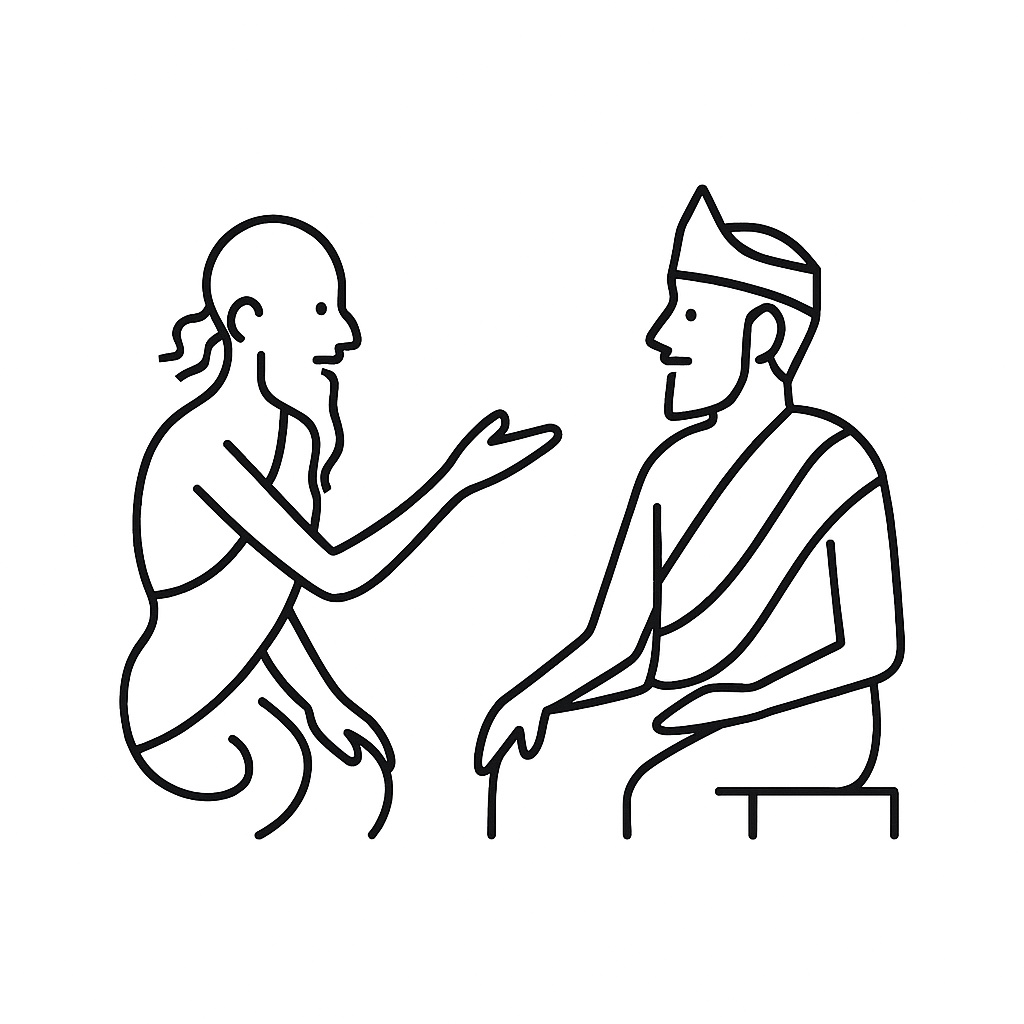
In Chapter 15, Verse 4, Ashtavakra says:
You are not the body, nor is the body yours;
You are not the doer nor the enjoyer.
You are Consciousness itself,
The eternal Witness, and free.
Go about happily.
This shows that true freedom begins when one turns inward to discover the unchanging consciousness beyond body and mind.

A devotee said:
“I meditate neti-neti (not this – not this).”
Maharshi replied:
“No – that is not meditation. Find the source. You must reach the source without fail. The false ‘I’ will disappear and the real ‘I’ will be realised. The former cannot exist apart from the latter.”
~ Talks with Sri Ramana Maharshi (Talk 41) ~
So, what Is the Role of Negation?
a) Negation prepares the ground.
b) It clears the clutter of false identities.
c) It helps us disidentify from what we are not.
Knowing this clearly is important—so that we do not mistake negation for the goal itself. Let us not lose sight of the deeper purpose: discovering the source of the ‘I’.

When a lady asked the meaning of neti-neti, Maharshi said (Talk 366):
There is now wrong identification of the Self with the body, senses, etc. You proceed to discard these, and this is ‘neti’. This can be done only by holding to the one which cannot be discarded. That is ‘iti’ alone.
The real journey begins after negation—when the mind turns inward with sincerity to ask:
“Who am I?”
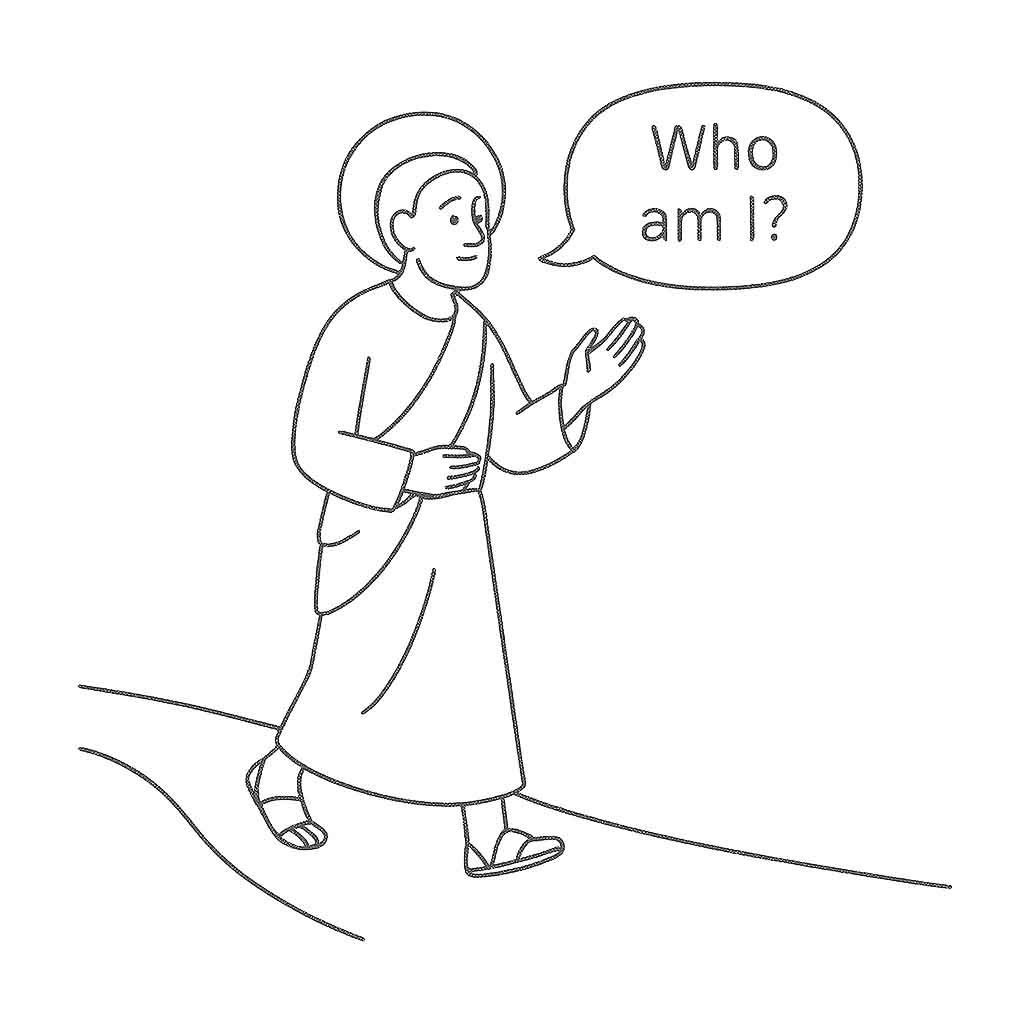
This is true Self-enquiry—not intellectual, but a silent, steady sinking into the source of the ‘I’.
Not just repeating “I am not this,” but turning awareness toward where this ‘I’ arises from.
As one dives deeper, the false ‘I’—built on thoughts, roles, and memories—begins to dissolve.
What then remains is not a thought, not an image, not a feeling—but the pure Presence that was always here.
This Presence does not come and go. It does not need confirmation. It is your Self—silent, luminous, and free.

So do not stop with what you are not. Go to the heart of who you truly are.
Start now! With one sincere inward glance, the entire illusion can begin to fade.
This path is open. Immediate. Direct. And it begins with the question that frees you:
“Who am I?”
And when that is found… there is no more need to negate—because nothing else remains but the Self.
This Page Evolves
This page will continue to grow over time with more insights. Feel free to check back for new additions.
The negation of the world is the state of sleep.
~ Sri Ramana Maharshi ~

Copyright © 2025 selfenquiry.me | Powered by selfenquiry.me